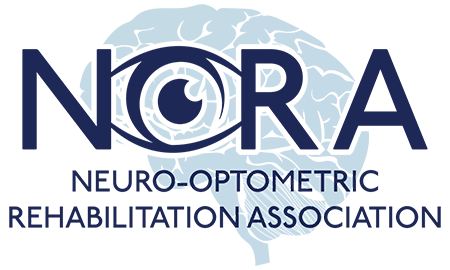- Every 9 seconds, someone in the United States, sustains a brain injury.1
- It is estimated that over 10 million TBIs occur annually across the globe and that over 57 million people have been hospitalized with a TBI during their lifetime.2
- In the United States, an estimated 1.7 million people sustain a TBI each year3, with about 75 percent of them a result of concussions or other forms of mild traumatic brain injury (MTBI).4
- The number of people who sustain TBIs and do not seek treatment is unknown.1
- TBI is the leading cause of disability and death in children ages 0–4 years and adolescents ages 15–19 years. Also, it is estimated that 145,000 children and adolescents (ages 0–19 years) are living with lasting cognitive, physical, or behavioral effects of TBI.5
- According to the U.S. Centers for Disease Control and Prevention, falls are the leading causes of TBIs in the United States, followed by being struck by an object and motor vehicle accidents.6
- Sports and recreational activities contribute to about 21 percent of all traumatic brain injuries among American children and adolescents.7
- Studies show that 90% of all traumatic brain injury patients suffer from visual dysfunctions.9
- Out of 100 adolescents diagnosed with a concussion, 69% were also diagnosed with a functional vision problem.10
- One out of five teens reported at least one concussion diagnosis during their lifetime, and 5.5 percent have had more than one concussion.11
Facts and Figures
References
- Brain Injury Facts & Statistics. Brain Injury Association of America, www.biausa.org, accessed 2/18
- Langlois JA, Rutland-Brown W, Wald MW. The epidemiology and impact of traumatic brain injury. J Head Trauma Rehabil. 2006;21(5):375–78. doi: 10.1097/00001199-200609000-00001.
- Faul M, Xu L, Wald MM, Coronado VG. Traumatic Brain Injury in the United States: Emergency Department Visits, Hospitalizations and Deaths 2002–2006. Atlanta (GA): Centers for Disease Control and Prevention, National Center for Injury Prevention and Control; 2010.
- Report to Congress on Mild Traumatic Brain Injury in the United States: Steps to Prevent a Serious Public Health Problem. Atlanta (GA): Centers for Disease Control and Prevention, National Center for Injury Prevention and Control; 2003.
- Pediatric Traumatic Brain Injury, American Speech-Language-Hearing Association, accessed 2/18 https://www.asha.org/PRPSpecificTopic.aspx?folderid=8589942939§ion=Incidence_and_Prevalence
- “TBI: Get the Facts” Centers for Disease Control and Prevention. Accessed 2/2018 https://www.cdc.gov/traumaticbraininjury/get_the_facts.html
- “Sports-Related Head Injury” American Association of Neurological Surgeons. Accessed 2/2018 http://www.aans.org/Patients/Neurosurgical-Conditions-and-Treatments/Sports-related-Head-Injury
- Get the Stats on Traumatic Brain Injury in the United States Centers for Disease Control and Prevention, https://www.cdc.gov/traumaticbraininjury/pdf/bluebook_factsheet-a.pdf
- Ciuffreda KJ, Kapoor N, Rutner D, Suchoff IB, Han ME, Craig S. Occurrence of oculomotor dysfunctions in acquired brain injury: a retrospective analysis. Optometry 2007;78(4):155-61.
- Master CL, Scheiman M, Gallaway M, Goodman A, Robinson RL, Master SR, Grady MF. Vision Diagnoses are Common After Concussions in Adolescents Clin Pediatr (Phila). 2016 Mar;55(3):260-7. doi: 10.1177/0009922815594367. Epub 2015 Jul 7.
- Phil Veliz, PhD et al. Prevalence of Concussion Among US Adolescents and Correlated Factors. JAMA, September 2017 DOI: 10.1001/jama.2017.9087
